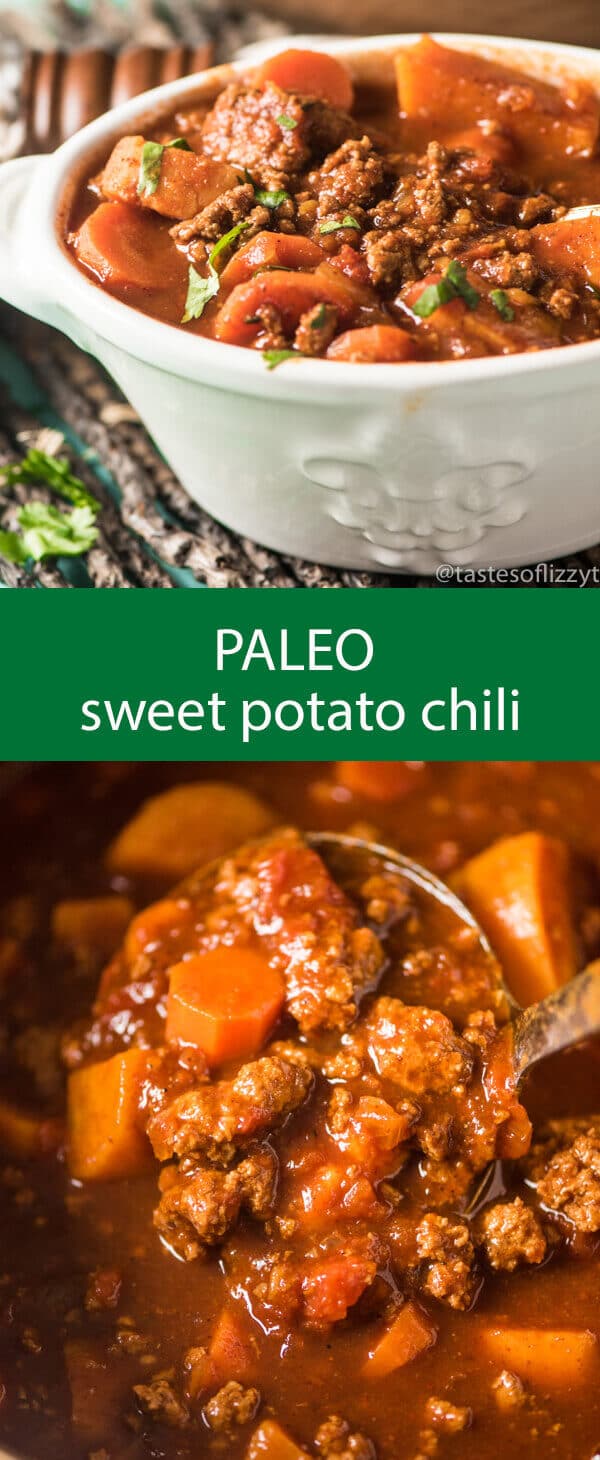Farm Update
 |
| We got to see this awesome double rainbow at our Mt. Pleasant drop-off last week! |
What to Expect in This Week's Share
- Choice of broccoli, cabbage, or arugula
- Choice of beets, bok choy, or kale
- Choice of lettuces or spinach
- Choice of carrots or large leek
- Choice of potatoes or surprise veggie
- Choice of Brussels sprouts or sweet potatoes
- Choice of cilantro, chives, or garlic
What We Do in the Off Season
We can feel it in the air and in our bones that the season is coming to a close. It's much like the last week of school when you're a student (or a teacher, for that matter). You have an intense final few days of exams and then... free time. When I was in college, I would get to the end of a semester and find that I didn't remember what I liked to do in my spare time, because I didn't really have any spare time between work and classes. Fortunately, now I have small children, and a household to manage, and all the farm office stuff to do, so I run no risk of getting bored like I inevitably did every single Christmas break when I was in college. But it does bring to mind the question that a few people asked me at the drop-offs last week: So what do we do in the off season?
Last week of October through November: Fred will still be harvesting for our wholesale accounts, but his workload will be greatly diminished once he is no longer harvesting for the CSA. He'll keep doing deliveries to many of our wholesale accounts until we run out of veggies, probably sometime between Thanksgiving and early December. He will also be speaking at a few events at CMU about the local food movement, filling our freezer with venison, cooking up a storm, and finally getting a good night's sleep. Michele will be spending lots of time with our two little girls, getting the house back in order after neglecting it for most of the season, and getting all of the farm books reconciled.
December: Along with all the usual holiday stuff, Fred will be working on the design for a piece of farm equipment he invented that will be extremely handy for small farms like ours. He hopes to get a prototype created this winter so we can use it at the farm next season and work out the kinks, and then maybe launch it out into the larger world in a few years. Michele will be decorating, baking, singing, making and sending cards, shopping, and wrapping up a storm. She will also be getting all of our farm tax things together in preparation for dealing with her arch-nemesis, the IRS, in January.
January and February: This is when we enter hibernation mode. We hang out by the fire a lot, we read a lot, we play with our kiddos, and we cook some really great food. We're also planning on heading down to Virginia in February to visit Fred's brother and his family. Traditionally, Michele has waited until March to start a concentrated marketing effort for the CSA (mostly because she was always uncomfortable with marketing in the traditional sense). But this year, she intends to get an early start on spreading the word about the CSA now that she realizes that it can be as simple as putting useful, interesting content out there on facebook or in the blog, and letting that generate word of mouth. True story. Never knew that before.
March and April: This is when Fred gets back out into the field and starts getting his hands and his tractor dirty again. He loves this time of year, because even though it's often cold and rainy, it is also liberating after being cooped up in the house all winter. He really does have a farmer's soul, and he goes a little crazy being inside for too long. Michele will continue doing what she's been doing for the last few months: signing people up for the CSA, running the household (and hopefully a few races, too!), keeping the family happy and healthy. This is the last of the relaxed time at our house, because Fred starts really pushing in May, and in June, it's go time until October rolls around again.
Reading over this, it reminds me that we really do live a very seasonal, very cyclical lifestyle, and we are immensely blessed that this is our life. Thank you all so much for having faith in us and signing up for the CSA year after year, because we could never have this life without what all of you contribute to the farm. You all make this possible, so thank you!
Last week of October through November: Fred will still be harvesting for our wholesale accounts, but his workload will be greatly diminished once he is no longer harvesting for the CSA. He'll keep doing deliveries to many of our wholesale accounts until we run out of veggies, probably sometime between Thanksgiving and early December. He will also be speaking at a few events at CMU about the local food movement, filling our freezer with venison, cooking up a storm, and finally getting a good night's sleep. Michele will be spending lots of time with our two little girls, getting the house back in order after neglecting it for most of the season, and getting all of the farm books reconciled.
December: Along with all the usual holiday stuff, Fred will be working on the design for a piece of farm equipment he invented that will be extremely handy for small farms like ours. He hopes to get a prototype created this winter so we can use it at the farm next season and work out the kinks, and then maybe launch it out into the larger world in a few years. Michele will be decorating, baking, singing, making and sending cards, shopping, and wrapping up a storm. She will also be getting all of our farm tax things together in preparation for dealing with her arch-nemesis, the IRS, in January.
 |
| Despite the cooler weather, we still have plenty of gorgeous lettuce! |
March and April: This is when Fred gets back out into the field and starts getting his hands and his tractor dirty again. He loves this time of year, because even though it's often cold and rainy, it is also liberating after being cooped up in the house all winter. He really does have a farmer's soul, and he goes a little crazy being inside for too long. Michele will continue doing what she's been doing for the last few months: signing people up for the CSA, running the household (and hopefully a few races, too!), keeping the family happy and healthy. This is the last of the relaxed time at our house, because Fred starts really pushing in May, and in June, it's go time until October rolls around again.
Reading over this, it reminds me that we really do live a very seasonal, very cyclical lifestyle, and we are immensely blessed that this is our life. Thank you all so much for having faith in us and signing up for the CSA year after year, because we could never have this life without what all of you contribute to the farm. You all make this possible, so thank you!
Broccoli is one of those old standby veggies that everyone knows how to use. But sometimes it's easy to get stuck in a rut when something is so familiar, so why not shake it up a bit? Here are 20 Completely Irresistible Broccoli Recipes to try out!














